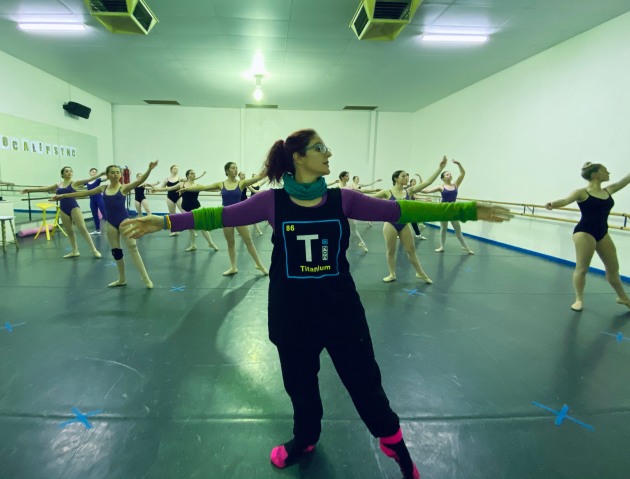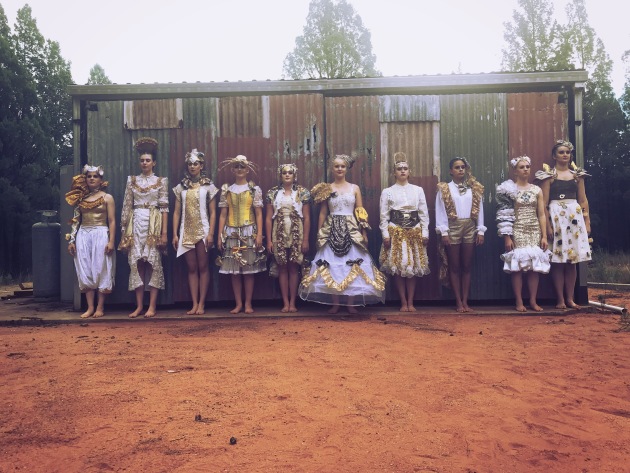Is this Australia's oldest dance school?
Dubbo Ballet Studio in NSW boasts that it is the oldest, continuously running dance school in Australia. It was founded nearly 90 years ago in 1934 by the late Joyce Schneider, a pupil of Minnie Hooper, who was a performer in early JC Williamson's productions and one of the principle teachers of dancing in Sydney in the 1920s. Schneider followed her teacher into Williamson’s shows, but eventually moved to Dubbo to join her family. She started lessons in the sunroom of her house when she saw there was not much for the local children to do.
Since then, the school has had only three other principles. Two of Schneider’s grandchildren are on the staff. The current principal, Anna Bloomfield, was a pupil at the school when she was child. She has been at the helm for 21 years.
Presently about 180 pupils attend classes, all of them “quite committed”, Bloomfield says. The school has a reputation for high quality training. As one parent said, “The school has thrived with massive successes at the Sydney Eisteddfod against full-time schools . . . it's amazing to see what these country kids achieve and the talent which has been fostered from such humble beginnings”.
Though the school is not full-time, it is a “serious” school that stresses the importance of the fully rounded, educated individual, encouraging children to finish their academic schooling while continuing with their dance studies. “It's not a 'leisure' school,” Bloomfield says. “We try to encourage all the things that dancing provides – discipline and commitment and achievement. It's not just entertainment. We try to instil some life learnings as well.”
A range of classes in all styles is offered, with exams in the Australian Conservatoire of Ballet syllabus. The school has partnered with Empower Dance to offer Certificates 3 and 4 in Dance. The pupils usually take part in two or three eisteddfods a year, if they wish, including the beforementioned Sydney Eisteddfod, where its jazz troupes in particular have left a memorable impression.
In addition, DBS's annual calendar includes a performance season by the senior students of a work created with a professional guest choreographer. “We present a mature piece that's not focused on the comps but is much more about the creation of the art work and the concept and the development of the kids as artists,” Bloomfield explains. The busy year also includes a variety gala and an end-of-year production.
How important is a dance school in a country town? “Absolutely vital,” Bloomfield replies. “Dubbo has a very high sporting focus and there are always accolades and recognition for every kind of sport, and any kind of art is secondary and not looked at.
“We find we have this absolute community of kids and their families who aren't into sport and are desperate to fit into some kind of greater whole. When they find [like-minded] people it’s absolutely incredible how much they grow, how much they settle, how much they become themselves.
“I often wonder, particularly with boys, where they would end up if there wasn't this arts scene to support them.”
She points out that there is no difference in the proportion of people interested in sport or art or other pursuits between city and country towns. “There just doesn't seem to be the same infrastructure to support them,” she says. “So really that's what keeps me going. The reward of being that space and that community for so many people. Country dancers are fiercely loyal to their schools and really I think it's because they are their families, it's where they've been accepted and recognised and been able to grow.
“I'm so passionate about providing that space for them. Living in the regions should not limit their artistic potential.”

This article was first published in the Oct/Nov/Dec issue of Dance Australia in the Regional Heroes issue. Have you nominated a teacher you know? Just go here and let us know about about them.



